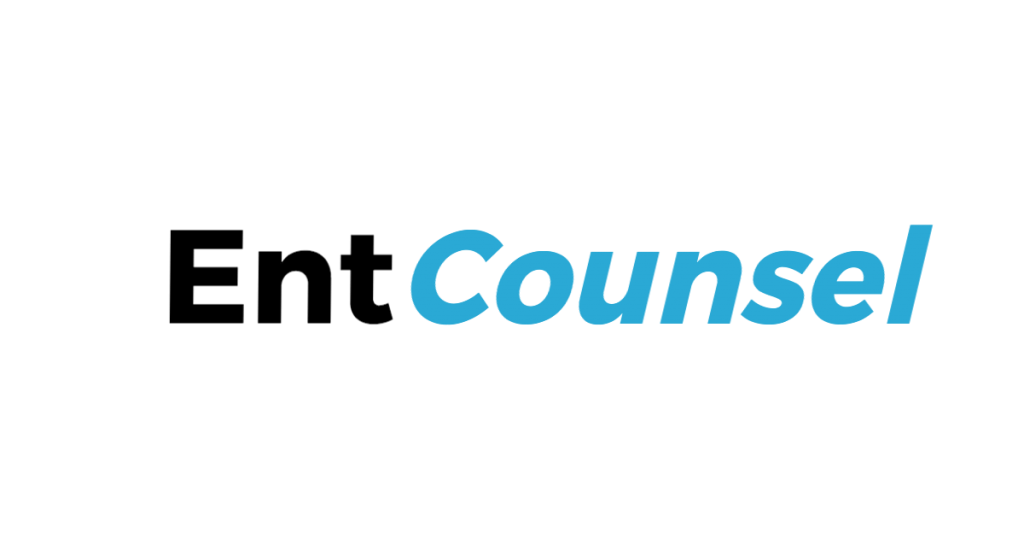1. What is Copyright Infringement
- The Act states in section 27 that it is an infringement of copyright for any person to do, without the consent of the owner of the copyright, anything that by this Act only the owner of the copyright has to do.
- Copyright is infringed when the whole or a substantial part of a copyrighted work has been copied without the consent of the copyright owner. Remember that a copyright owner has the exclusive right to reproduce or grant permission to reproduce. Therefore, the reproduction of a work without permission by the copyright owner is considered infringement unless it falls into ones of the exceptions (e.g. fair dealing) or if permission is obtained from the copyright owner.
How can you avoid infringing Copyright
- Obtain Licence from a Collective Society
- This is probably the easiest and most effective means
- The Copyright Act clearly states that the owner of copyright may assign or licence copyright, either wholly or partially. An assignment or licence must be in writing. A licence gives someone permission to use the work under certain conditions. The may be limitations on the licence such as territory, right, medium, market sector or the term of the licence. S.13 (4). Our members have signed an agreement giving CANCOPY permission to licence their works on their behalf on a non-exclusive basis. This means that the copyright owner still retains copyright. CANCOPY does not own copyright but merely, administers their copyright on their behalf by licensing and collecting royalties for the reproduction of their work on their behalf.
- Obtain licence/permission directly from copyright owner
- In some cases permission may already be provided in advance through a permission notice
- Website notice (see handout on example of Ontario government website)
- CANCOPY newsletter “Briefly” states that “Items may be reproduced by permission only, with credit to CANCOPY”.
- By Regulation
- Federal statutes and regulations and the decisions of courts and tribunals can be copied without permission or payment of a fee
- Reproduction of Federal Law Order (see handout) which states that “anyone may, without charge or request for permission, reproduce enactments and consolidations of enactments of the Government of Canada, and decisions and reasons for decisions of federally-constituted courts and administrative tribunals, provided due diligence is exercised in ensuring the accuracy of the materials reproduced and the reproduction is not represented as an official version”.
- Standard policies
- Government of Ontario has a standard policy on the copyright on legal materials (see handout). Although the Ontario government claims copyright in Ontario statutes, regulations and judicial decisions, they permit anyone to copy without permission or charge. They require that a copyright notice be given as:
íñ Queen’s Printer for Ontario, 199_. This is an unofficial version of Government of Ontario
- Ensure that the copying falls under one of the exceptions under the Act
- Don’t copy a substantial part. Insubstantial copying does not constitute copyright infringement. Eg. Reproducing a quotation is probably considered an insubstantial taking, but copying a poem in a book of poems would be considered substantial. The Copyright Act does not define what a “substantial part” is. The courts have defined a substantial part of a work as a question of fact in which both qualitative and quantitative factors must be considered. More emphases is given on the qualitative factors. Some of these factors include: the quality and quantity of the material taken, the extent to which the defendant’s use adversely affects the plaintiff’s activities and diminishes the value of the plaintiff’s copyright, whether the material taken is the proper subject-matter of a copyright, whether the defendant intentionally appropriated the plaintiff’s work to save time and effort; and whether the material taken is used in the same or similar fashion as the plaintiff’s. (UR Tax services case).
- The use of facts, ideas or concepts is not an infringement of copyright. It is the expression of those facts, ideas or concepts which gives it copyright.
- Ensure that the work is in the public domain
- Don’t copy
What do you do is someone tells you about an incidence of infringement?
- Try to get as much information as possible. Getting evidence, receipts and witnesses are also crucially important. Get them to fill out a compliance complaint form to get as much detail as possible. This is something you can do before referring them to compliance.
- Is it related to the rights we represent and within CANCOPY’s jurisdiction (i.e. reproduction rights of published works)?
- Are they licensed? If so, refer to licensing. Have they copied beyond the limits of their licence?
- If they are not, refer to compliance. We will send a cease and desist letter, investigators etc”_. and take other legal action with the member’s consent if warranted.
- We will also follow up with respect to ensuring whether they are interested in licensing and we will also try to educate them
2. What are the remedies for copyright infringement
- Civil versus criminal remedies
© Entcounsel. 2000.


